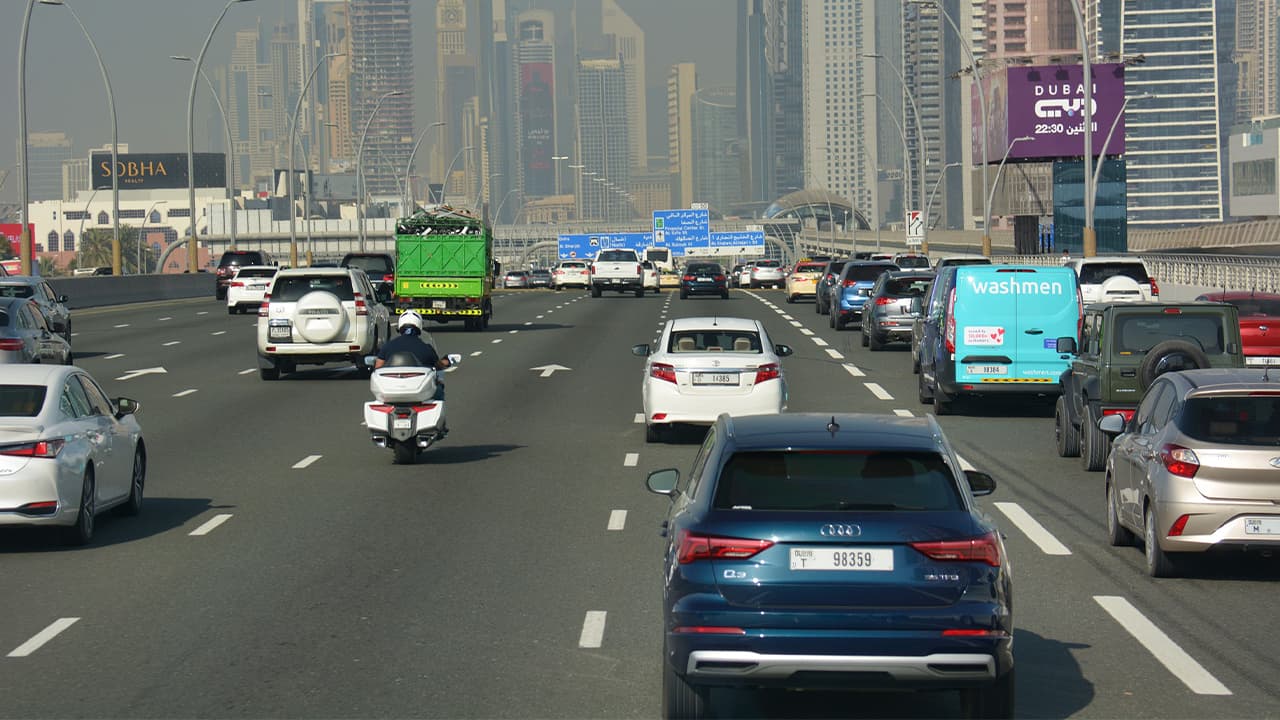Road transport is the most aggressive in comparison with other types of transport in relation to the environment. It is a powerful source of chemical (it supplies a huge amount of toxic substances to the environment), noise and mechanical pollution. It should be emphasized that with the increase of automobile fleet the level of harmful impact of motor transport on the environment intensively increases.
So, if in the early 70’s hygienists determined the share of pollution brought into the atmosphere by automobile transport to be 13% on average, at present it has already reached 50% and continues to grow. And for cities and industrial centers, the share of motor transport in total pollution is much higher and reaches 70% and more, which creates a serious environmental problem accompanying urbanization.
There are several sources of toxic substances in cars, the main three of which are:
- exhaust gases
- crankcase gases
- fuel fumes
The largest share of chemical pollution of the environment by automobile transport comes from the exhaust gases of internal combustion engines.
Theoretically, it is assumed that the complete combustion of fuel produces carbon dioxide and water vapor as a result of the interaction of carbon and hydrogen (included in the fuel) with air oxygen.
Reducing transportation emissions is an important step to improve air quality, especially in cities. Policies and standards requiring clean fuels and stricter standards for vehicle emissions can reduce transportation emissions by 90 percent or more.


